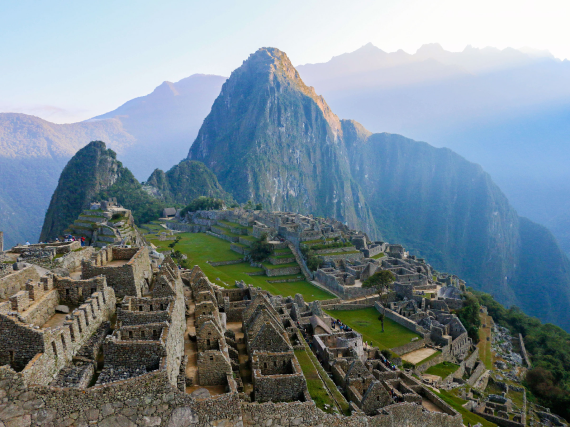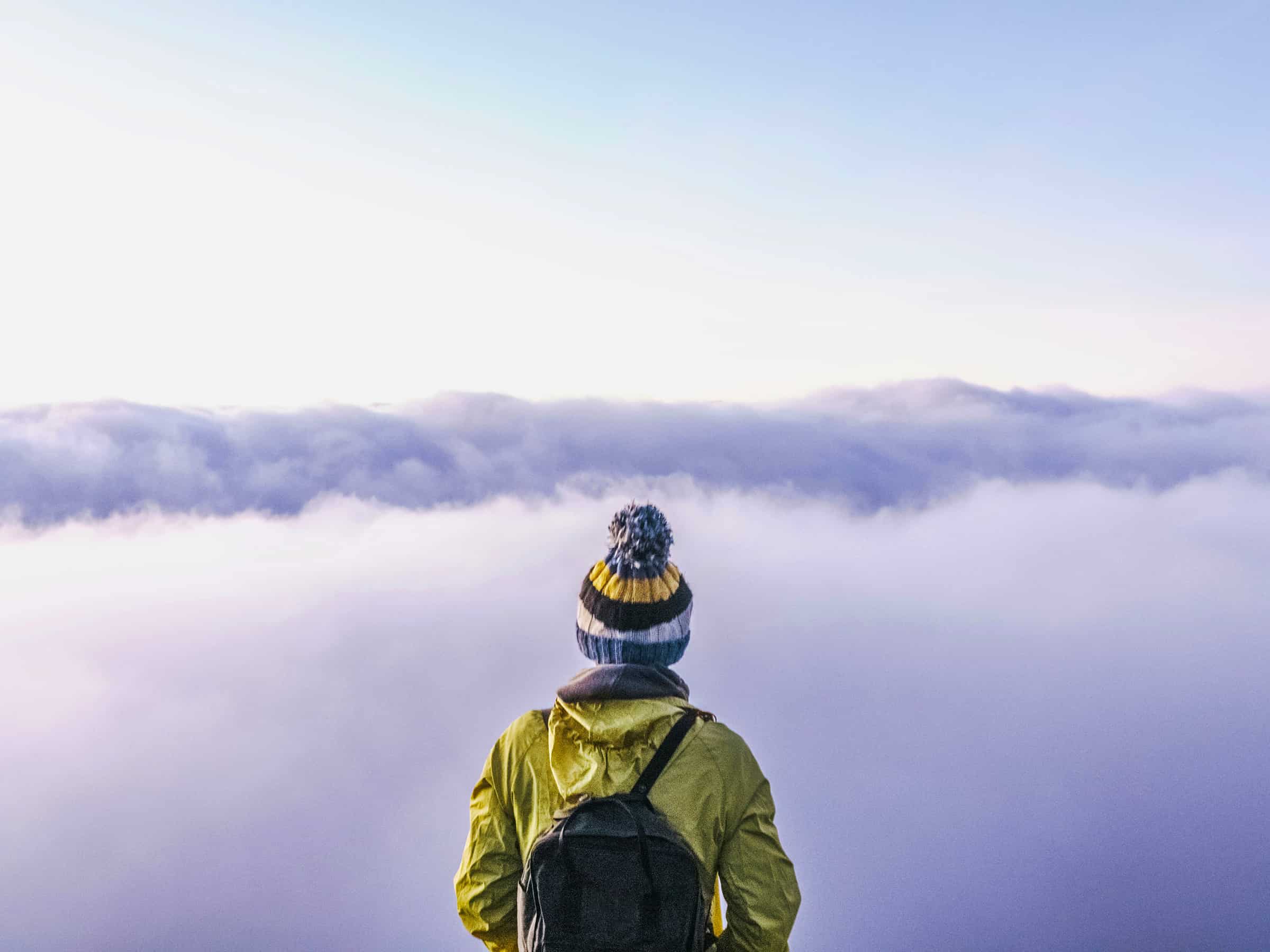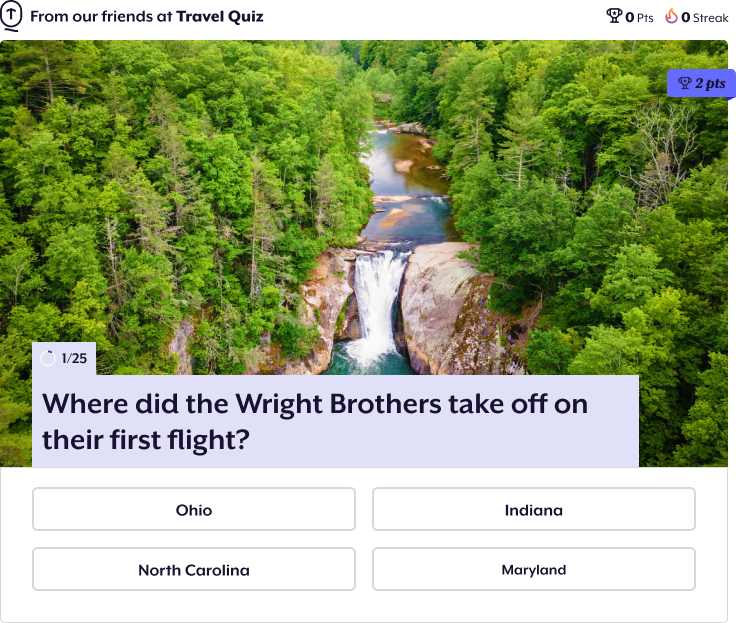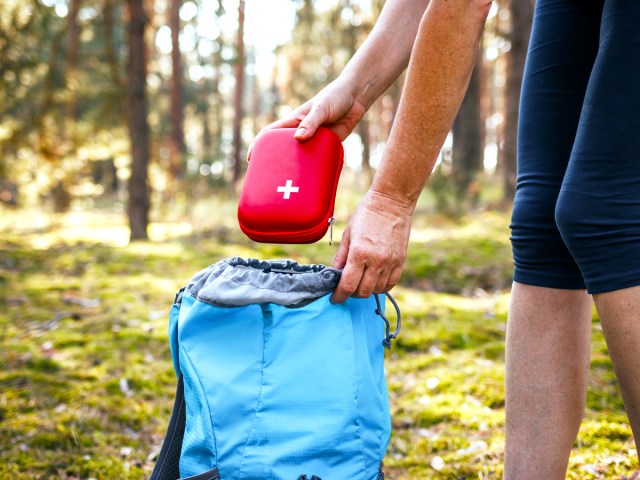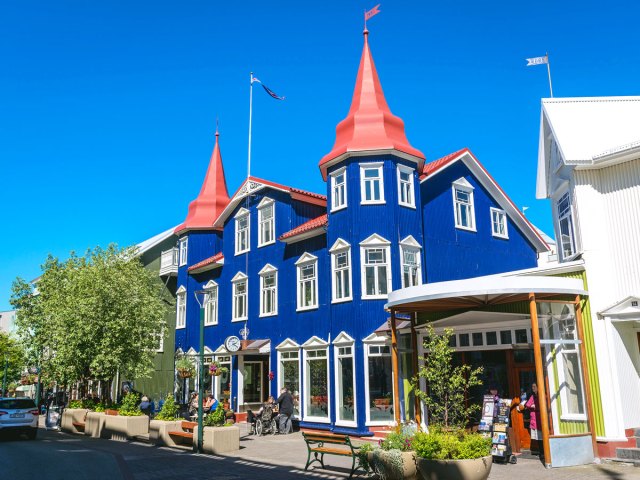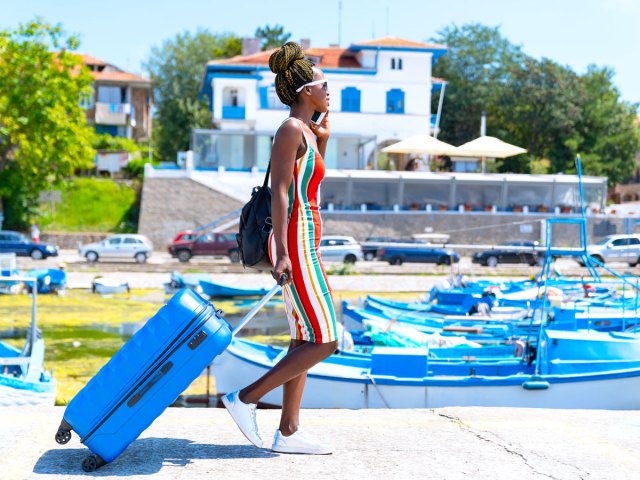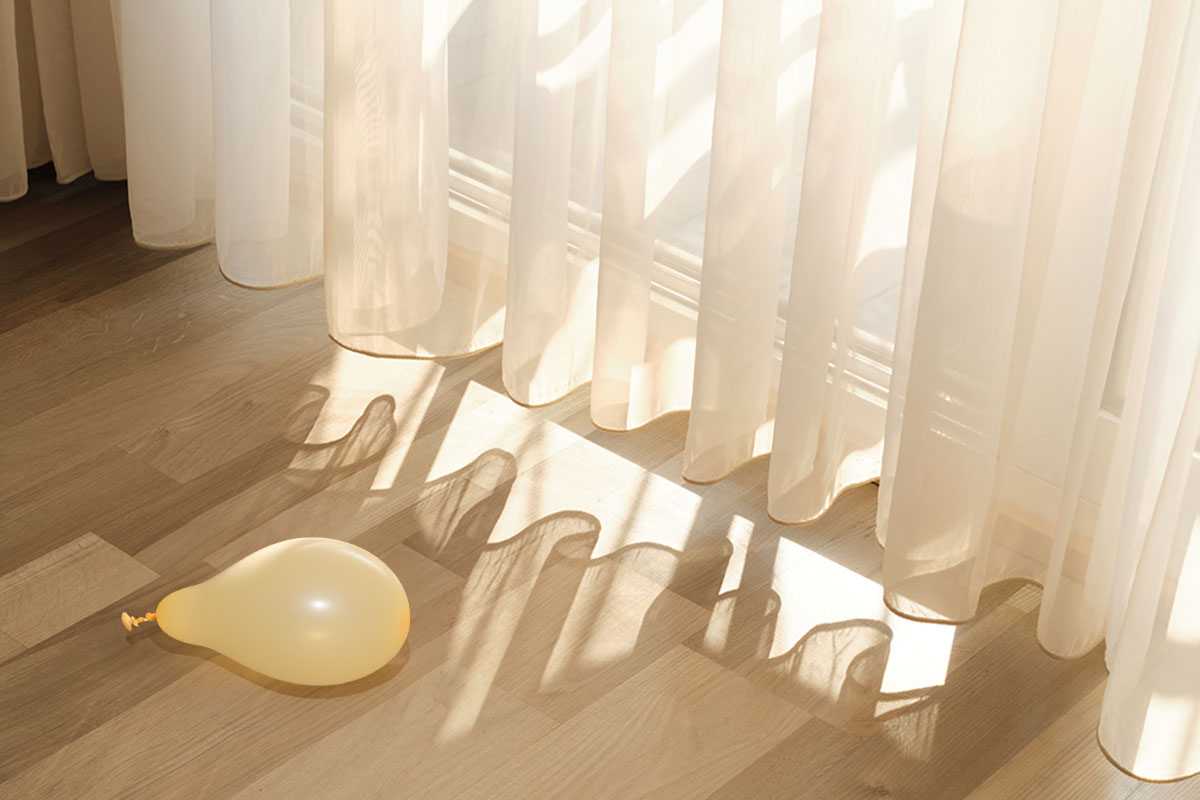Before walking out the door to go on vacation, there are several household matters you should attend to. Although it’s easily overlooked, setting the thermostat to an ideal temperature should always be on your to-do list. However, the suggested range varies depending on the time of year, the length of your trip, and other factors. Here’s a closer look at what government agencies and HVAC experts say about the ideal thermostat setting for when you’re on vacation — follow these tips and you can rest easy during your travels.
Consider the Time of Year
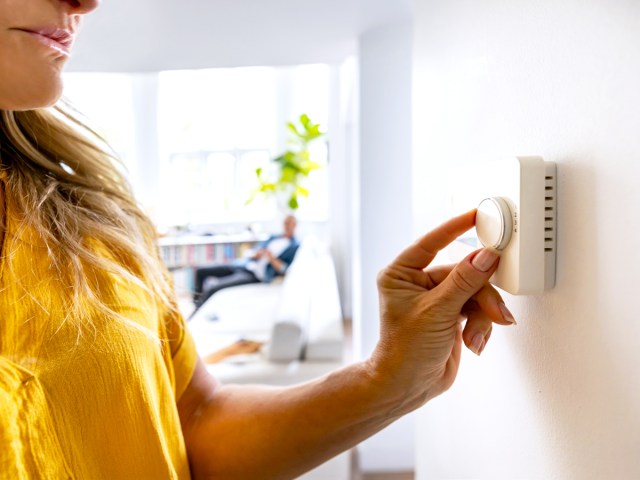
No matter the time of year, the goal is to set your thermostat so your house remains in good physical condition without racking up a high energy bill. However, the ideal temperature varies depending on the season.
During summer, Energy Star (a program administered by the U.S. Environmental Protection Agency) suggests keeping the thermostat set at 78 degrees Fahrenheit while you’re home for maximum energy efficiency. But if you go on summer vacation, the HVAC company Service Experts says to raise the thermostat 5 to 10 degrees above normal, without exceeding 85 degrees Fahrenheit.
The U.S. Department of Energy also recommends setting temps at 85 degrees when you’re away from home. Setting the thermostat at this level puts less of a strain on the air-conditioning unit, resulting in a lower monthly energy bill. This may be especially important if you’ve already maxed out your vacation budget and are looking to keep other costs low.
At the same time, the 85-degree setting prevents the home from becoming too humid, which could potentially result in the formation of mold or damage to fragile furniture. This temperature also keeps the home from becoming too blisteringly hot when you walk in the front door after returning from vacation.
As for wintertime, the U.S. Department of Energy advocates setting the thermostat between 68 and 70 degrees when you’re home. When you’re away, lower the thermostat to 60 to 65 degrees. This cuts down on expensive heating bills, as there’s no point in warming an empty house. But keeping the thermostat in the low 60s also prevents the home from becoming too cold, which could result in frozen or burst pipes.
In fall and spring, temperature is a bit more unpredictable. If the forecast calls for warm weather, set it 5 to 10 degrees above normal. If it’s colder, lower the thermostat 5 to 10 degrees.
Other Factors To Consider

Another important consideration is vacation duration. If you’re only going to be gone for a quick weekend away, it may not be worth worrying about changing the temperature. The HVAC company American Air and Heat suggests leaving the thermostat alone if you’re gone for just a day or two. While it wouldn’t hurt to change the thermostat if you’d like to, there’s less of a need during short trips.
You should also take into account the specifics of your home. For example, do you live in an older building with poor insulation? Is your living room filled with fragile wooden antiques that could suffer from excess humidity? Do you own plants that thrive in warmer or colder environments?
Knowing that personal circumstances differ, don’t be afraid to set the thermostat closer to normal while you’re on vacation. The costlier energy bill may be worth the added peace of mind. For instance, if your pipes are especially fragile and at risk of freezing, keep the thermostat set closer to 68 degrees during any winter trips. Or, if you’re worried about excess humidity damaging old paintings, keep it set in the high 70s instead of the mid-80s while you go on your summer vacation.
Unplug Before You Unplug (on Vacation)
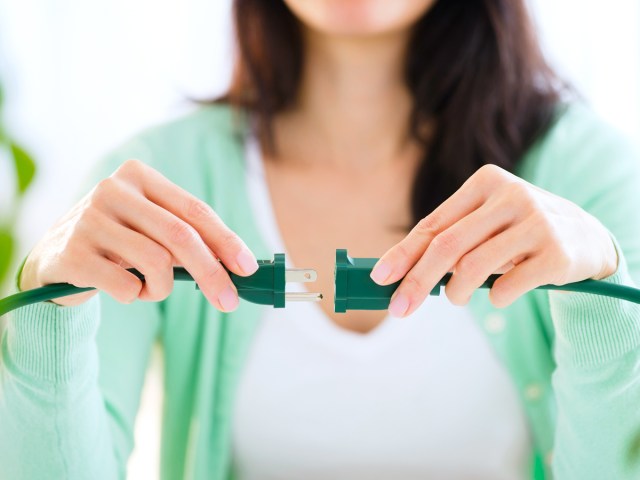
Now that you’ve got your thermostat covered, there are few other often-overlooked items on a good pre-vacation checklist. For instance, leaving certain devices plugged in uses energy and also poses a fire hazard if they short out.
While you should always leave important devices or appliances such as security cameras or your refrigerators plugged in, nonessential electronics such as a TV or computer can and should be unplugged. These devices still consume energy as long as they remain plugged in (even if they’re turned off). The same goes for countertop kitchen appliances such as the coffee maker or toaster — all of these can be unplugged while you’re gone. This helps save money on your energy bill and lessens the risk of any electronics shorting out.
Tend to Your Mail
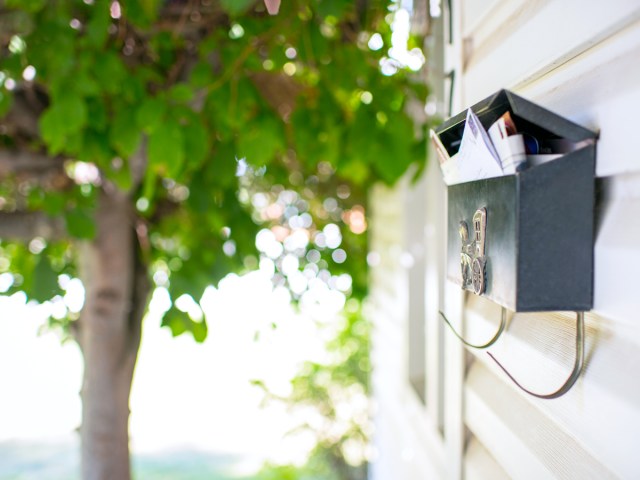
Another task that vacationgoers may forget is dealing with mail. An overstuffed mailbox or package-riddled porch is an obvious sign that the house is empty, which may attract thieves. Avoid ordering packages leading up to a trip, or leave a note for the delivery driver to leave the boxes around back (where they’ll be out of sight) if possible.
The USPS Hold Mail service is a free and easy tool for anyone to use while they go on vacation. The post office will hold your mail at a local facility for up to 30 days, so you can pick it up or have it delivered when you’re back from your trip. Sign up here and request a hold on your mail up to 30 days before your trip and anytime up to 3 a.m. Eastern Time the day before. This service is available Monday through Saturday.
Be sure to check out these additional tips for maintaining a secure home while traveling. As the old adage goes, it’s better to be safe than sorry. The more planning you do before your vacation, the more you’ll be able to relax and enjoy your trip.
More from our network
Daily Passport is part of Optimism, which publishes content that uplifts, informs, and inspires.

